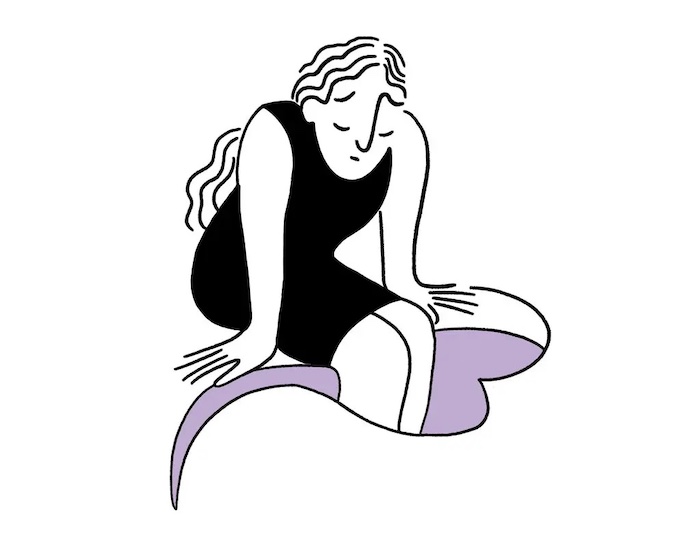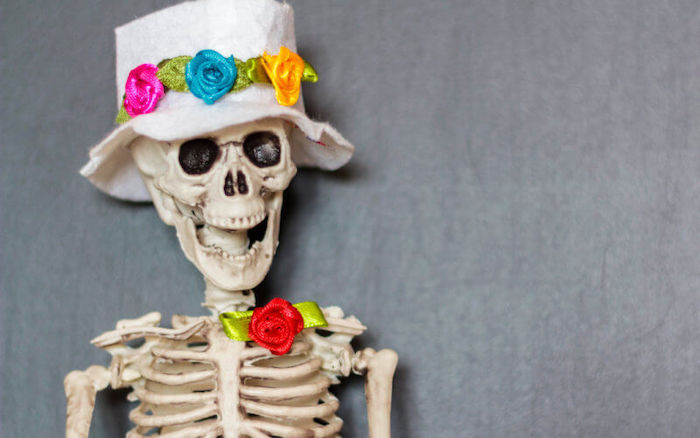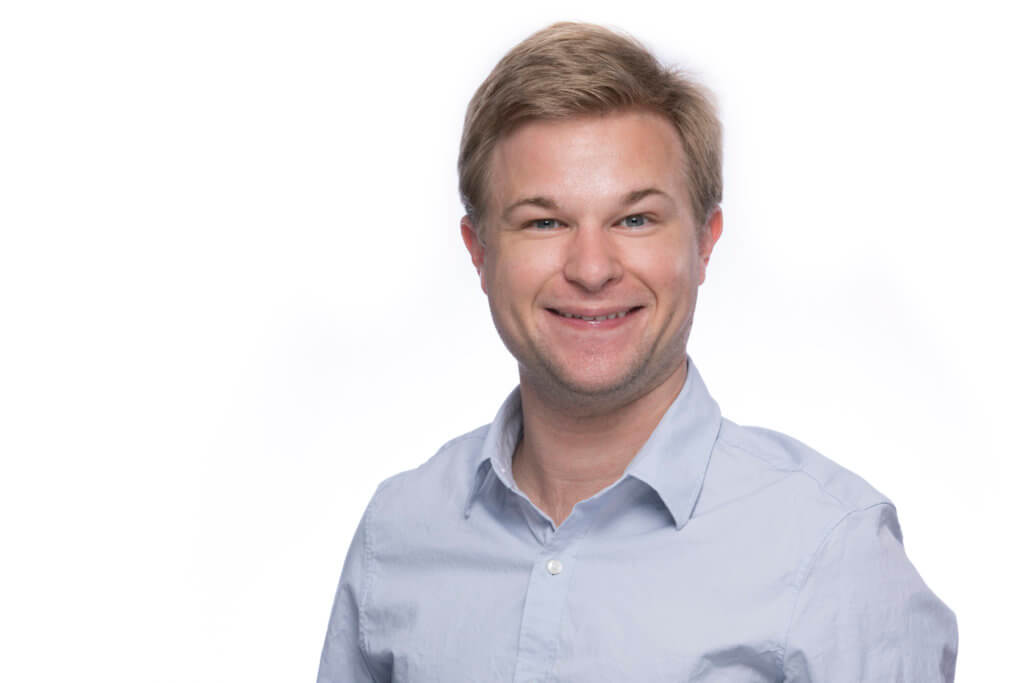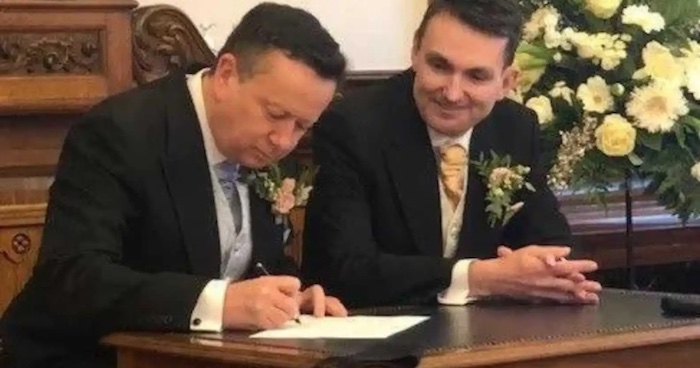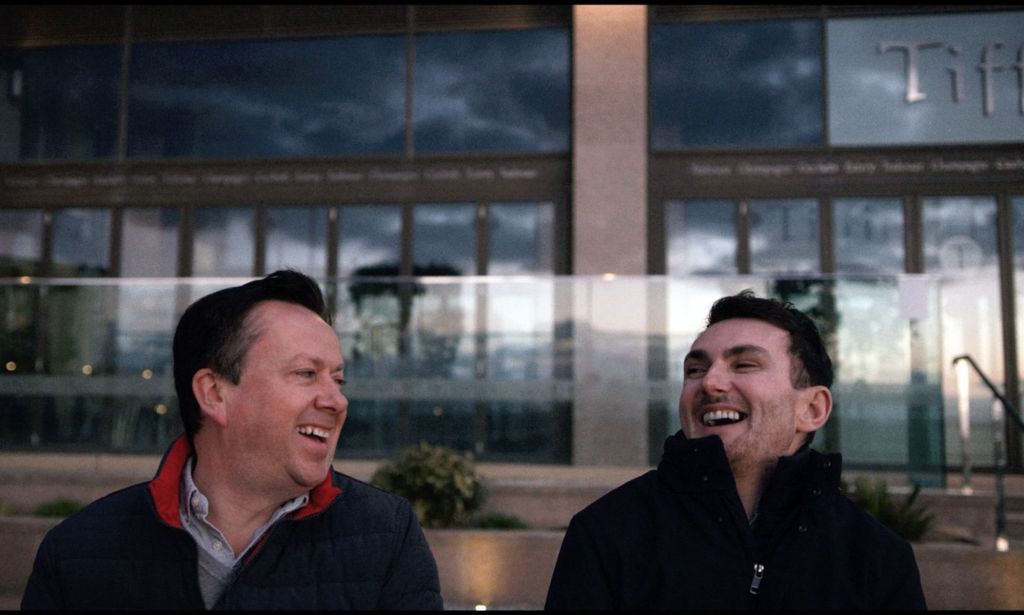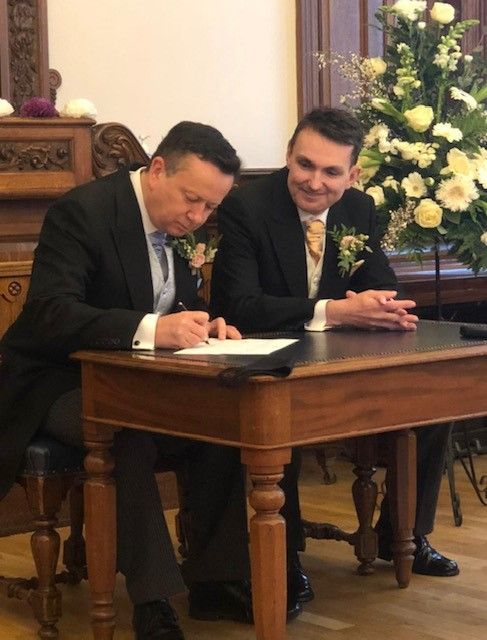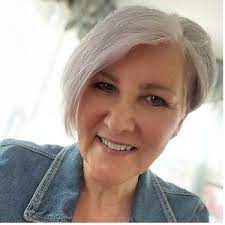
By Vishal Arora
An ethnic community in Indonesia engages in a unique funerary ritual where the deceased are brought back to their families, some of them for a final smoke.
Photojournalist Garry Lotulung traveled to a mountainous region on the island of South Sulawesi, one of the more than 17,000 islands that form this archipelago, to capture the emotions that surround this ancient practice that a largely Christian community is still holding on to, and their perspective on life and death. This exclusive photo essay and video offers ReligionUnplugged.com readers a first hand glimpse of this unique religious and cultural ceremony.
Lotulung, who is a consultant photographer for the International Federation of Red Cross and Red Crescent Societies, has 10 photos to transport us to the archipelago’s Tana Toraja region, where the Ma’nene tradition, pronounced “ma-NAY-nay,” is practiced.
The word “Tana” in the region’s name means “land.” And the people of this region are called Toraja, pronounced as “to-RRAH-jah,” which means those who are from mountains.
(Warning: The following photos show human remains that may be disturbing to some viewers.)

The Ma’nene ritual involves exhuming the corpses of deceased family members periodically, cleaning and re-dressing them. Some even place cigarettes in their mouths before returning them to their graves. They also take the opportunity to clean their relatives’ crypts while the bodies are out. It is a ritual that happens every three or even five years in August.
Partly premised on the belief that death is not the end, the ritual is held every three to five years in August, depending on what a family decided after the death of a relative. Lotulung was there last summer, but his excitement about documenting this ritual, which might be “the only one in the world,” has not faded away.
Out of those 10 photos, the following is what Lotulung called his favorite, capturing a moment at a cemetery where a family is gathered, full of emotion as they are “reunited” with their loved one, changing clothes of their deceased relative with great respect and care.

According to a post on the site Authentic Indonesia:
The procession of the Ma’Nene ritual begins with family members coming to Patane (a building that has some room to store several bodies) to retrieve the bodies of their deceased family members. Patane is a family grave that looks like a house. Then, after the body is removed from the grave, the body is cleaned. The clothes worn by the bodies of the ancestors were replaced with new cloth or clothes. Usually this ritual is carried out simultaneously by one family or even one village, so that the event is quite long. After the new clothes were put on, then the body was wrapped and put back in Patane. The Ma’Nene procession was closed by gathering family members at the Tongkonan traditional house to worship together.
Lotulung said the community holds lavish funerals, based on their age-old belief that keeping one’s ancestors happy may result in a good rice harvest. The spirit of the dead is believed to linger in the world until the death ceremony is held, and afterward, the soul begins its journey to Puya, the land of spirits, as per local beliefs, he explained.
At times, bodies remain in homes for extended periods after death as families save for funerals, which in some cases can cost hundreds of thousands of dollars.

Torajans spend a lot of time and money on funerals and subsequent rites, believing that death is not the end and that not keeping ones ancestors happy may result in a poor rice harvest. It is also not unusual for bodies to remain in homes for long periods of time after death while families save for lavish funerals.
Fellow photographer Puta Sayoga wrote in The New York Times a few years ago:
For Torajans, death is a gradual and social process. The bodies of people who have recently died are kept at home and preserved by their families, sometimes for years, until the family has enough money to pay for a funeral. The spirit of the dead is believed to linger in the world before the death ceremony is held. Afterward, the soul will begin its journey to Puya, the land of the spirits. The longer the deceased person remains at home, the more the family can save for the funeral and the bigger and more expensive the ceremony can be. Elaborate funeral ceremonies can last for 12 days and include the sacrifices of dozens of buffalos and hundreds of pigs. Such ceremonies can cost as much as hundreds of thousands of dollars.
A report in The Guardian in Nigeria says that Toranjans believe the spirit of the person lingers and only finds peace in Puya, the land of the spirits, when a funeral ceremony has occurred. The practice dates back to a hunter named Pong Rumasek who was walking in the mountains and found a dead body in the Trojan mountains. The legend holds that the hunter cared for the body and dressed it with his own clothes — an act they believed brought him good fortune.
These views are certainly not compatible with Christianity, according to which death is a passage from physical life to eternal life in heaven or eternal separation from God in hell.
Even Islam – Indonesia is home to the world’s largest Muslim population – does not approve of what might be seen as ancestor worship. Muslims believe in the concept of qiyamah, or Judgment, that the soul will be judged by Allah according to one’s deeds and actions in life.

“Today, Torajans are largely Christian, but their age-old funeral practices — which predate their conversion to Christianity — persist,” Sayoga writes in the Times. “Ma’nene’, for example, which is carried out three years (or more, depending on the family’s agreement), is meant to be a way to honor deceased relative. According to the belief, performing the rite will result in a better harvest in the following year.”
For Toraja Christians, both Protestant and Catholic, the retention of the ritual can be mostly about preserving an important part of their culture.
However, critics argue that the Ma’nene ritual is a form of cultural appropriation, as it is being commercialized and used as a tourist attraction, apart from involving animal sacrifice. They argue that the ritual has lost its sacred meaning and has become a way for the Toraja people to make money.

However, Lotulung disagrees with such criticism, responding to the complexity of the practice with empathy.
“I have a deep empathy for the Toraja people, as they still provide a proper place and show respect to their ancestors,” said Lotulung, whose work focuses on documenting social issues and environmental crises in Indonesia.
Every family buries their loved ones with as much honor as possible, and sometimes in ways that only they can fully understand, he argued.

Lotulung could also connect and relate with the Toraja people. He said he couldn’t help but feel emotional while making these photos.
When the photojournalist saw a family pull a body out of a casket, he was “silent for a moment,” wondering whether anyone would ever get a chance to see or meet family members after their death.
“I felt emotional being around the graves. In that atmosphere, I could sense the sadness that follows the loss of a loved one,” he said. “For example, I saw a young woman standing in front of a cemetery and looking at a picture of her deceased mother with tears in her eyes.”

As a photojournalist, Lotulung said he was careful about giving space to grieving families during the shoot. They appeared to be unaware of the fact that they were occasionally the object of tourists’ attention, he said.
He added that he witnessed a grandson who finally got to hug his grandfather’s body after changing his clothes. Amazed by what he saw, Lotulung thought, “Death helps us understand the reality of life.”

Lotulung stated that during his time in Toraja, he never received any information from the villagers about any call for a ban on the practice. He believes the Toraja people do not need attention from international media or tourists, and that they do this sincerely out of respect for their ancestors.

He also thinks this ritual will continue for much longer as it has been passed down from generation to generation and is deeply ingrained in their culture.
While tourists from Western countries may provide an impetus for such “unique” customs to carry on, members of the community will continue to cling to these rituals to show their respect for their ancestors, and also for fear of drawing their wrath, Lotulung concluded.
Complete Article ↪HERE↩!

